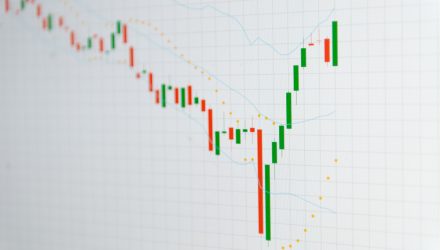A low volatility strategy is a boon when it comes to staving off a market downturn like the forgettable one seen during the height of the pandemic sell-offs in March. Given their ability to mute market noise during massive sell-offs, it might seem like the go-to for investors. But is it a case of too much of a good thing?
A recent Bloomberg article noted that these low volatility strategies could be falling out of favor.
“Exchange-traded funds following a low-volatility strategy are relentlessly bleeding cash this year, and have become the least-loved in the $1 trillion world of smart beta,” the article said. “More than $1 billion has been pulled from such ETFs in October, which is set to be the eighth-consecutive month of outflows.”
“Valuations of low-volatility vehicles were at a decade-high coming into the pandemic-fueled crash in March, yet the strategy failed when needed most — minimum-volatility shares tumbled even further than the broad stock market,” the article added.
“If you’re going to add something to your portfolio with the thought that this is going to show up for you in a certain market environment and it doesn’t, that’s a significant strike against that position,” said Matt Miskin, Co-Chief Investment Strategist at John Hancock Investment Management. “It was such a beloved factor and now it’s just not as popular.”
A Bad Year All Around
It could just be that it’s 2020–a year a good majority of the capital markets would be one to forget. Once the pandemic arrived, fortunes changed for low-volatility strategies.
“From July 2018 until February 2020, minimum-volatility ETFs suffered just a single month of outflows en route to amassing $82 billion, according to data compiled by Bloomberg Intelligence. By February 2020, valuations for the factor were the highest in at least a decade,” the article noted. “But throughout this year’s massive swings in the pandemic-induced meltdown, low-volatility stocks actually experienced larger moves, an unusual development sparked by indiscriminate selling in combination with plummeting interest rates.”
Still, low volatility funds like the Defiance Quantum ETF (NYSEArca: QTUM) still have a place in investors’ portfolios for strategic diversification. QTUM tracks a rules-based index, known as the BlueStar Quantum Computing and Machine Learning Index, that gives investors exposure to the next generation of computing, including disruptive companies building out quantum computing and machine learning technology.
For more news and information, visit the Smart Beta Channel.
